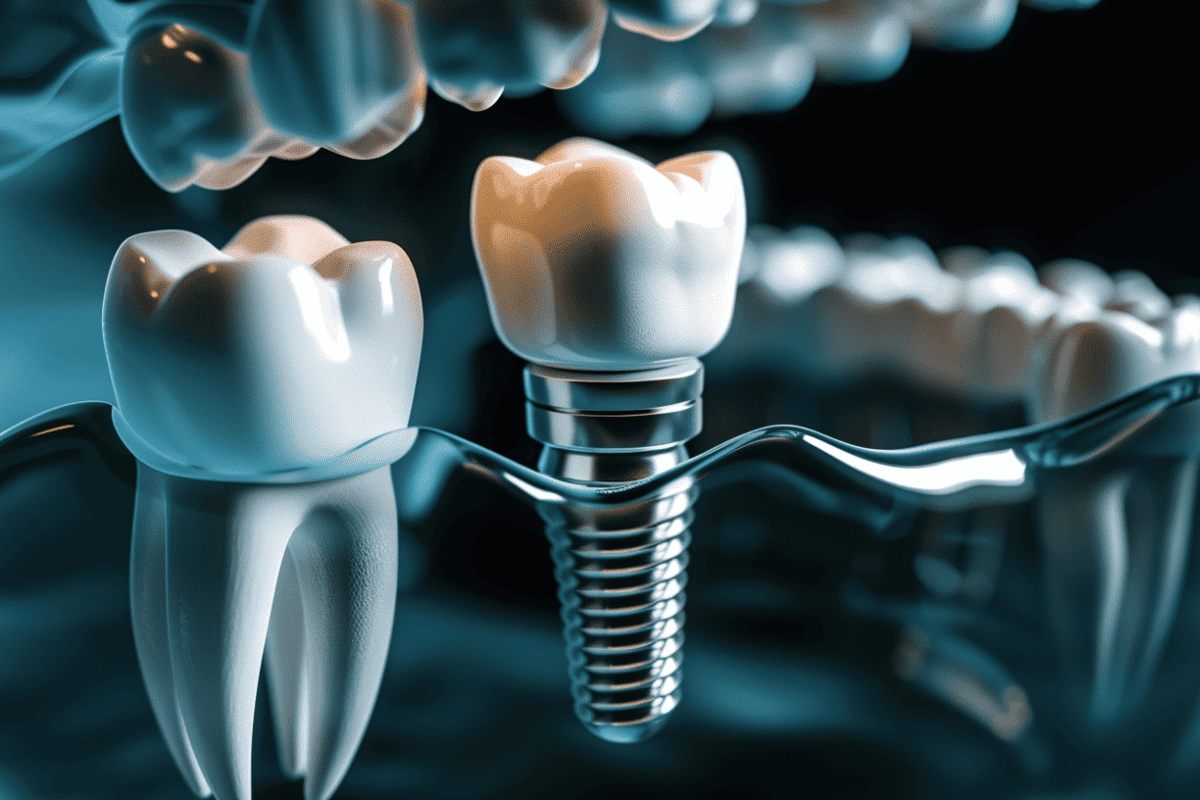If you’re reading this article, you likely already know what a mouthguard is. However, for those not in the loop, a mouthguard is exactly what it sounds like: a device that guards the mouth—specifically the teeth.
There are three reasons one may use a mouthguard:
- For sleep bruxism, a condition where you grind or clench your teeth at night. Wearing a mouthguard (or a night guard, as it is sometimes called) prevents all of the above by separating the top and bottom teeth during sleep.
- To protect your teeth whilst playing contact sports.
- To manage temporomandibular joint (TMJ) disorders.
If you use a custom mouthguard, it deserves a dental routine all to itself. After all, it is an artificial extension of your mouth and teeth. Although it is not attached to you, it is just as vulnerable to accumulating oral bacteria as the organic interior of your mouth is. If you place anything unclean into your mouth, this can result in bad breath or infection.
Whether you’re about to invest in a mouthguard or you’ve grown complacent to poor mouthguard maintenance, read on to discover how you can keep your mouthguard clean.
This translucent variant is so subtle, you wouldn’t even notice it was there.
How to clean your mouthguard at home
When it comes to cleaning your mouthguard at home, you have a few different options. Regardless of the method you’re using, ensure to rinse the mouthguard in cold water before and after cleaning, and allow it to air dry afterwards.
- Soft-bristle toothbrush and low-abrasion toothpaste: Use gentle dental equipment to avoid damaging your mouthguard. Also ensure to keep this toothbrush separate from your regular toothbrush. Even though it’s all going to the same place, it’s still best to avoid cross-contamination. When washing your mouthguard this way, ensure to rinse it with cold water before and after brushing it. Leave it to air dry.
- Alcohol-free soap, water, and a toothbrush: Alternatively, you can use soap instead of toothpaste. Use something mild and alcohol-free such as dish, antibacterial or castile soap. Use something too abrasive and you risk ruining the mouthguard. Follow the brushing process as described above. Before leaving it to air dry, ensure all the suds are removed.
- Alcohol-free mouthwash: Mouthwash is a great antimicrobial option. Treat mouthwash like cordial: dilute a capful until there is enough—to cover your mouthguard, at least. Let your mouthguard soak for 30 minutes before rinsing and air drying. Use alcohol-free mouthwash to avoid damage.
- Baking soda: Baking soda may sound like an odd choice, but it’s great for removing odours and debris. Fill a bowl with equal quantities water and baking soda to create a paste. Simply brush your mouthguard as described above, followed by a rinse and an air dry.
- Hydrogen peroxide and liquid vinegar: These inexpensive and all-natural ingredients will allow for a deeper clean. After rinsing your mouthguard, place it in a clean glass and submerge it in vinegar, allowing it to sit for 30 minutes. Repeat the process with the hydrogen peroxide, rinsing the mouthguard and glass in between. After its one-hour marination, rinse the mouthguard again and allow it to air dry.
Think of a mouthguard as a second pair of teeth. They deserve their own toothbrush!
Acceptable chemicals for mouthguard cleaning
If hydrogen peroxide and vinegar don’t clean as deeply as you were hoping, you also have the option to clean with over-the-counter chemicals. These concoctions typically contain sodium hypochlorite, which is safe so long as it’s used as per the product instructions. However, if you’re sensitive to (or concerned about) synthetic fragrances or artificial dyes, you may want to avoid chemical-based cleaning solutions. In any case, you’ll want to avoid marinating your mouthguard for prolonged periods lest you damage it.
If you opt for this option, you will need to add the powder or tablet to warm water this time. Let the mouthguard soak for five to ten minutes, or as per the product instructions. Some chemical-based cleaners also call for brushing. In such cases, rinse the freshly soaked mouthguard before brushing it with the solution. Once this process is complete, rinse your mouthguard in cool water and allow it to air dry as usual.
This is a sponsored post
Digital Health Buzz!
Digital Health Buzz! aims to be the destination of choice when it comes to what’s happening in the digital health world. We are not about news and views, but informative articles and thoughts to apply in your business.


